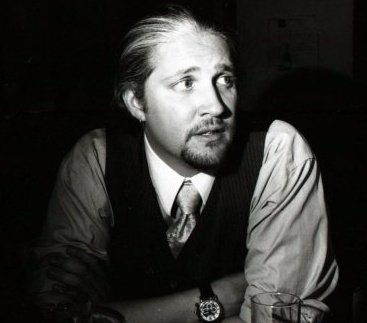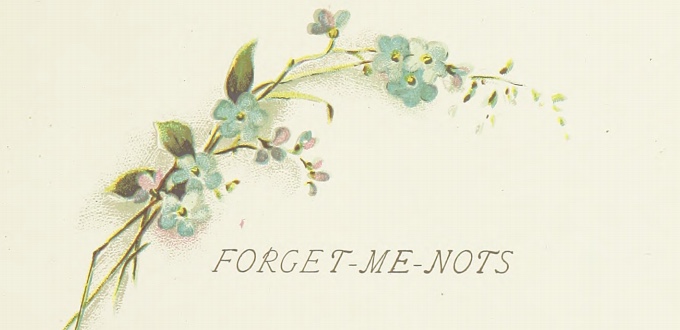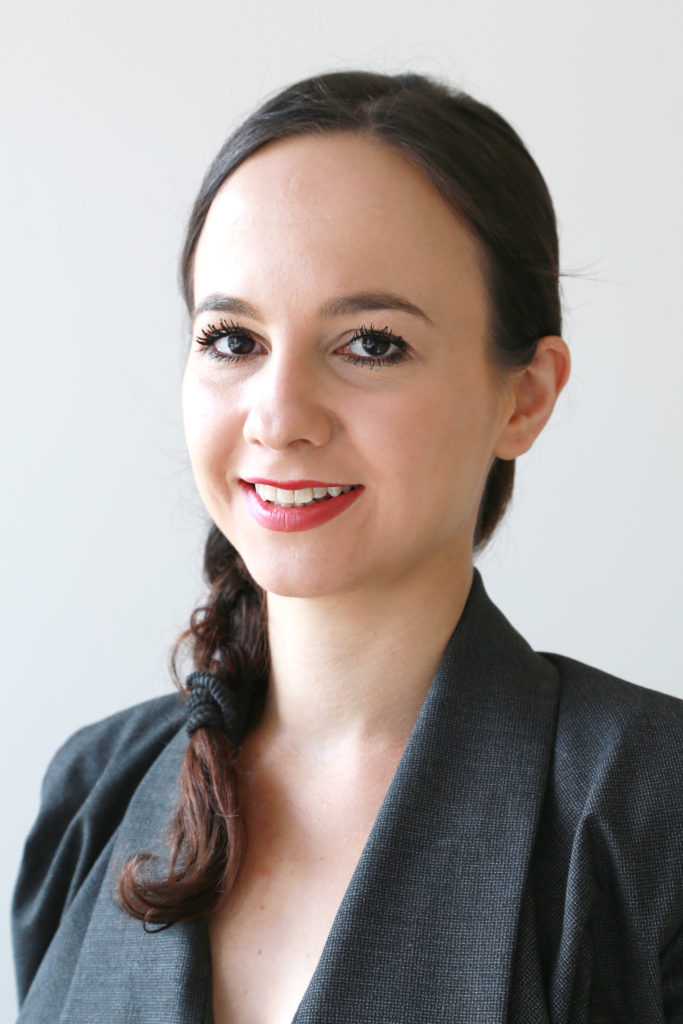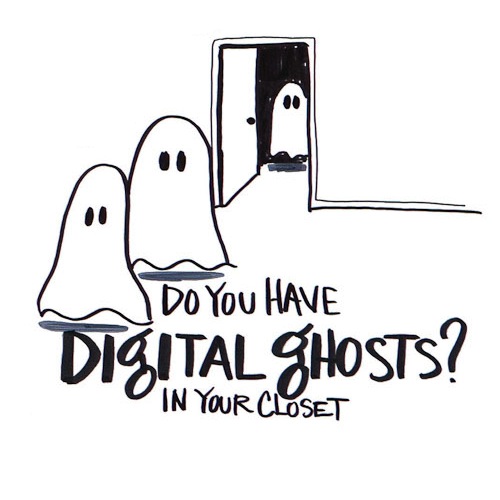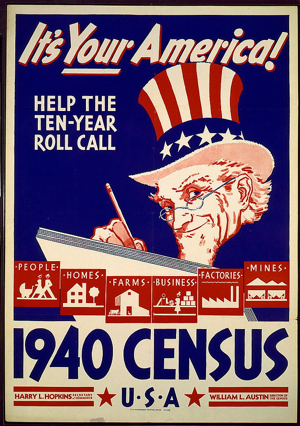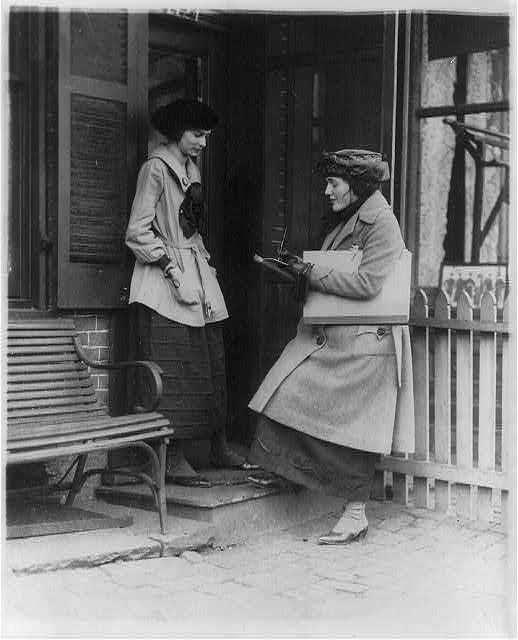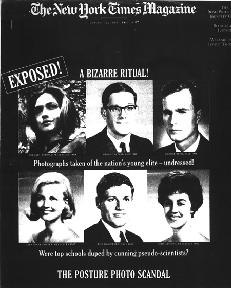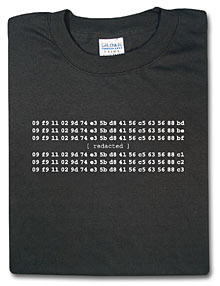The session’s official title was Family and Community Archives Project: Introducing High School Students to the Archives Profession. It focused on a pilot outreach program carried out by 21 archivists from Yale University at the Cooperative Arts and Humanities magnet high school in New Haven, CT. 117 high school juniors participated as part of their US History course. The pilot aimed to introduce them to what archivists do, work with them to find, understand and describe their family papers and also to present archives as a possible profession to students who might assume that it was only welcoming to Caucasians.
A number of their original plans were adjusted after they met with the high school administrators:
- They would need to work with juniors rather than seniors because it is the juniors who take US History
- The principal wanted them to work with all 5 classes of US History students, rather than a single class.
- The program would run from March to May instead of January to June
- When they realized that a number of students are in foster care, they needed to find other ways to include students who did not want (or could not) do family research. They chose to add the option of researching the history of community organizations.
Logistics
A total of twenty-one archivists from various departments at Yale University volunteered. They were divided up into five teams, one for each class with which they would be working during the course of the pilot. Starting in October they held weekly meetings to create the schedule and plans. A total of eight lesson plans were created. These took much more time than the archivists had expected. They also designed and printed a brochure to introduce the students to archives, archivists and basic archival terms. A wiki (Family Community Archives Project Wiki) was created to facilitate communication among the archivists and teachers. The wiki included bios of the archivists.
All classwork would be graded by the teachers without input from the archivists. This classwork included a journal component. It was decided that the journal (a 3-ring binder that the archivists provided) would remain in the class room. This choice was made based on teacher input – there was concern that if the journals were removed from the classroom that they would quickly be misplaced or forgotten.
Parents and guardians of participating students were alerted via a letter explaining the class project and encouraging them to help students as they worked on their family or community research.
A blog (Family and Community Archives Project Blog) was created that students, archivists and teachers could all use to communicate with each other. They met with the classes for 8 weeks. Every student got a certificate of participation and an ‘archivally themed goody box’ (think Oscars.. but less opulent). They asked students to complete an evaluation form – to ‘be honest… we are thick skinned’. They mounted an exhibit in the main Yale library featuring the student’s work. As is often the case with 16 year olds, the students pulled it together at the last minute and did a great job. They had an opening reception that included students, parents and the community.
Lessons Learned
They discussed both with the teachers and archivists to analyze what worked and what didn’t. What worked?
- Students learned what archivists do – some said they might consider a career as an archivist and that they learned a lot.
- The teachers enjoyed it – noticed some students were more engaged than they sometimes were (while some were not that interested).
- Brought Yale into community and the community into Yale.
- Collaboration across libraries and departments – archivists met each other and worked together.
- The group creation of lesson plans.
- The choice to assign several archivists per class. It permitted small groups and one-on-one work. Lesson plans were sometimes customized to suite the classroom/teacher/student special cases.
- The blog: this communication worked for some.. but not all. Hard to know why some students were more comfortable with the blog than others. It was a good way to provide students with information about the archivists and the project.
- The wiki: provided schedules, lesson plans, resources.. etc. It was very successful & usefull.
The most successful aspects?
- The archives tour
- Discussion of who uses archives and why which included audio/visual examples and archival material.
- The exhibit was a high point of the project. They photographed the items they wanted to display and that worked well. Students were very proud of the exhibit.. 25% did not contribute.
What did not work?
- Teacher support varied – success completely depended on the enthusaism and commitment of the teacher.
- 8 weeks is too long for this sort of project
- Class meeting times too long – 40 and 80 minute sessions
- Needed more feedback earlier in the process from teachers on lesson plans – didn’t learn the reading level of the students until lesson plans were done… needed clearer definition of expectations for the exhibit.
- Efficacy and support for homework – some people thought there should be no homework (other than project tasks) .. some thought it should be more structured.
- Technology support for A/V lesson – school didn’t have equipment to support the A/V projection needs
- Student privacy – they needed parent/guardian permissions to allow video & photos of students to be taken. There was a very late question about if they could use the students’ first and last in the exhibition. No media release forms were sent out in time to make a video about the session.
- School activities schedule changed all the time – interfered
- Early class time led to poor attendance (7 am!)
- The archivists talked too much – they needed more hands on lessons. Students should have been able to bring in materials earlier in the process and have more time to work with them. More opportunity to connect to the student – the example being the LAST class session when the students brought materials in for scanning by the archivists. This gave a way to connect to the archivists and understand why their materials were important.
Teacher’s suggestions for improving the project
- Run the project for 2 weeks in march – just after national testing is completed
- Meet with each class 5 times in a row in one week.. with one class being the tour
This project fit in really well with Yale’s goals of reaching out to the local New Haven community.
Potential lessons for other archivists
- planning phase:
- define measures of success
- define what you want students to learn & how – realistic objects for a 16 year old.. do not be too ambitious. Include perspectives of archivist parents. for some classes lecturing worked well.. some classes small groups worked really well
- define resources needed ( they had 21 archivists who did work on Yale’s time) – Money = $3,000 spent on photo reproductions, handouts, mounting, gift boxes, lunch for teachers & archivists and final reception.
- explore what is available on the Internet – look for lesson plans – good stuff out there that is often too ambitious, but good for adaptation
- partner with the teacher – engage the teachers early on.. define what the students need to do by the end of the project. think about archivists who have never taught before.. figure out what you can do to help them
- include a tour of a repository
- provide teaching lessons for archivists who haven’t taught
- plan for unengaged students and teachers – adapted their lessons.. hard situation..
- avoid early morning classes
- resolve privacy/confidentiality issue early
- implementation:
- be flexible – be prepared for changing activities schedules and other in class challenges
- do an exhibit – create copies.. understand that these are precious materials
- be visual in your teaching – video!
- delving into family history can raise sensitive information – help 16 year olds figure out how to choose what to display in a public exhibit
- introduce them to other jobs beyond archivist – at first only talked about archivists work… but next year will also talk about all the people who work in archives. Tie in their interests (this was an arts school.. include that perspective)
- wrap up meetings with teachers and archivists essential
Diversity
One of the underlying goals of the pilot was to explore ways to increase diversity.
Cultural exchange: What did archivists learn from the students and teachers when working with the school? They learned about the student’s families and their community organizations. It bridged a generation gap – the archivists learned about what it meant to be a high school kid these days. Not all of it was positive – it left a lot of the archivists with concern for the state of education – issues with their writing skills.
Difficult to measure: How do we know it worked? No longitudinal study is being done to find out if they end up working in archives. We need to take a long view – but be impatient.
The impact on archives, defined broadly – no matter if they did not make any new archivists, they supported the archival endeavor – 110 students, teachers and their families now have a better understanding of archives and records.
Questions & Answers
Question: Who crafted the evaluation for the students?
Answer: One of the archivists created it and it was approved by the rest of the team.
Question: In the future would you find it more desirable to work with the teachers on evaluating the student projects for grading purposes? or is that not our business?
Answer: No, they would not want to be involved with grading. The teacher knows the students. That said – they do wish that the teachers had planned the final project earlier on. Next time the archivists would encourage/push for final project guidelines.
Question: How did you measure that your learning objectives were met other than the survey?
Answer: They didn’t do that formally – but anecdotally when the students were in other classes – they heard other teachers report that students continued to talk about the archives work outside of the history class. There was a ‘buzz’ among the students.
Question: How did you find the time to do this?
Answer: The leadership had to agree (at least informally) that the archivists can do this. Molly: They were very surprised by how much time it all took. It was a volunteer effort.. they met as a group 1x a week during their lunch hour.
Question: Why didn’t you consider doing an electronic journal?
Answer: There was a concern that not all students are tech savvy. For example – only a handful of kids engaged with the blog. They felt they couldn’t require it unless everyone had access and a sufficient comfort level with the tools.
Question: Where any archivists of color involved in the project ? If one of the goals of projects like this is to encourage individuals of color to consider a career as an archivist, it might be easier if they see people who look like them.. people out there documenting diverse communities.
Answer: Yes.. a few. There were suggestions that they could contact the roundtables of color/ethnicity – bring in visiting speakers to talk about how they came to work in archives. The materials are important too – materials they can relate with. It was emphasized again that this was a pilot and the had to spend a great deal of time creating their lesson plans from scratch. Now that they have the building blocks – they can improve other aspects.
Question: What about talking about preserving things like MySpace pages – maybe use myspace for the blogging
Answer: They didn’t want to do anything that might exclude people.
Question: Was the non-involved teacher aware of what archives do?
Answer: He didn’t come to the archives tour. He was totally tuned out. He felt he was very behind in the teaching schedule – both students and the teacher felt it was taking away from class time.
Question: Could they offer the 11 out of 117 who said they might want to be archivists internships?
Answer: Maybe – but since the rules of the school required that any student who left the campus was accompanied by an adult, it would be very challenging.
My Thoughts
I found this session very inspiring. I loved that it took the archives to the community and it the community into the archives. This is the sort of outreach project I hope has a chance of spreading to other schools. Interested in considering a project like this at your archives? Take a look at all the resources available on the wiki’s handouts and homework page and be on the lookout for a writeup of the pilot in the Nov/Dec issue of Archival Outlook.
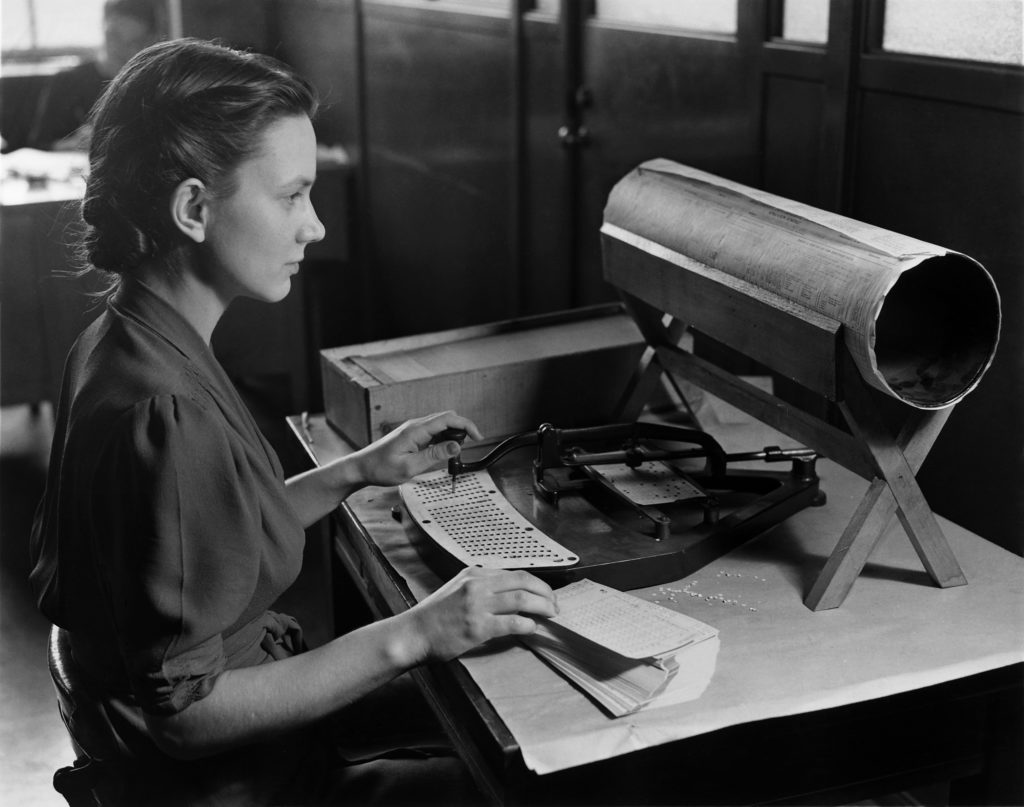 Chapter 8 of Partners for Preservation is ‘Preparing and Releasing Official Statistical Data’ by Professor Natalie Shlomo. This is the first chapter of Part III: Data and Programming. I knew early in the planning for the book that I wanted a chapter that talked about privacy and data.
Chapter 8 of Partners for Preservation is ‘Preparing and Releasing Official Statistical Data’ by Professor Natalie Shlomo. This is the first chapter of Part III: Data and Programming. I knew early in the planning for the book that I wanted a chapter that talked about privacy and data.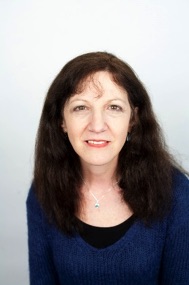 Natalie Shlomo (BSc, Mathematics and Statistics, Hebrew University; MA, Statistics, Hebrew University; PhD, Statistics, Hebrew University) is Professor of Social Statistics at the School of Social Sciences, University of Manchester. Her areas of interest are in survey methods, survey design and estimation, record linkage, statistical disclosure control, statistical data editing and imputation, non-response analysis and adjustments, adaptive survey designs and small area estimation. She is the UK principle investigator for several collaborative grants from the 7th Framework Programme and H2020 of the European Union all involving research in improving survey methods and dissemination. She is also principle investigator for the Leverhulme Trust International Network Grant on Bayesian Adaptive Survey Designs. She is an elected member of the International Statistical Institute and a fellow of the Royal Statistical Society. She is an elected council member and Vice-President of the International Statistical Institute. She is associate editor of several journals, including International Statistical Review and Journal of the Royal Statistical Society, Series A. She serves as a member of several national and international advisory boards.
Natalie Shlomo (BSc, Mathematics and Statistics, Hebrew University; MA, Statistics, Hebrew University; PhD, Statistics, Hebrew University) is Professor of Social Statistics at the School of Social Sciences, University of Manchester. Her areas of interest are in survey methods, survey design and estimation, record linkage, statistical disclosure control, statistical data editing and imputation, non-response analysis and adjustments, adaptive survey designs and small area estimation. She is the UK principle investigator for several collaborative grants from the 7th Framework Programme and H2020 of the European Union all involving research in improving survey methods and dissemination. She is also principle investigator for the Leverhulme Trust International Network Grant on Bayesian Adaptive Survey Designs. She is an elected member of the International Statistical Institute and a fellow of the Royal Statistical Society. She is an elected council member and Vice-President of the International Statistical Institute. She is associate editor of several journals, including International Statistical Review and Journal of the Royal Statistical Society, Series A. She serves as a member of several national and international advisory boards.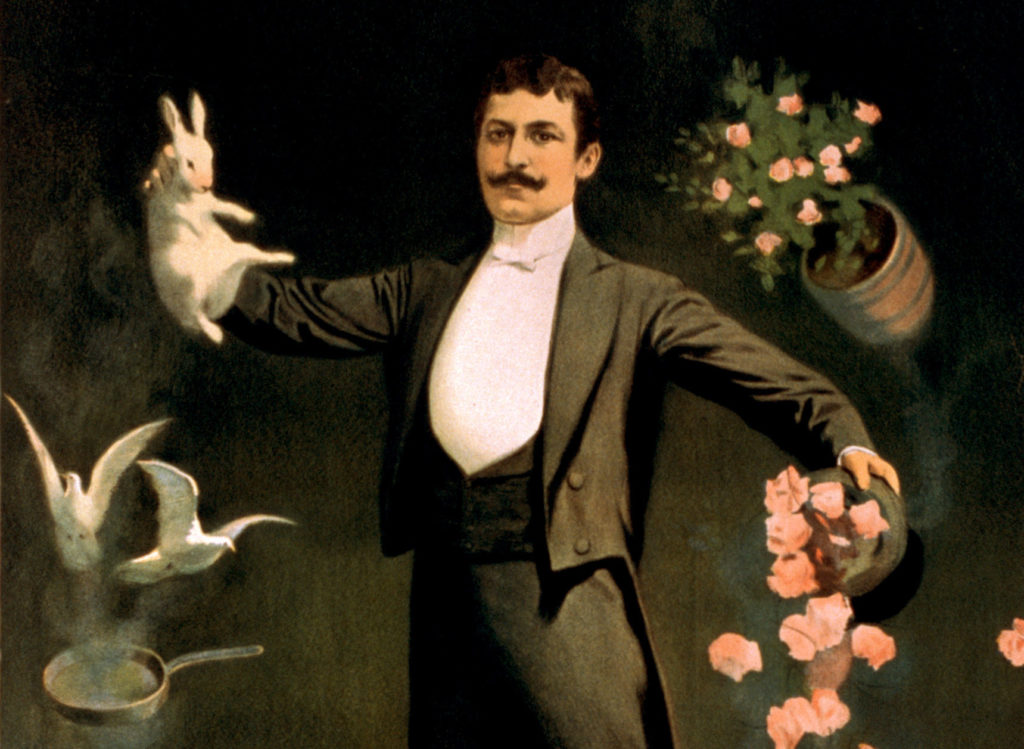 Chapter 5 of
Chapter 5 of 